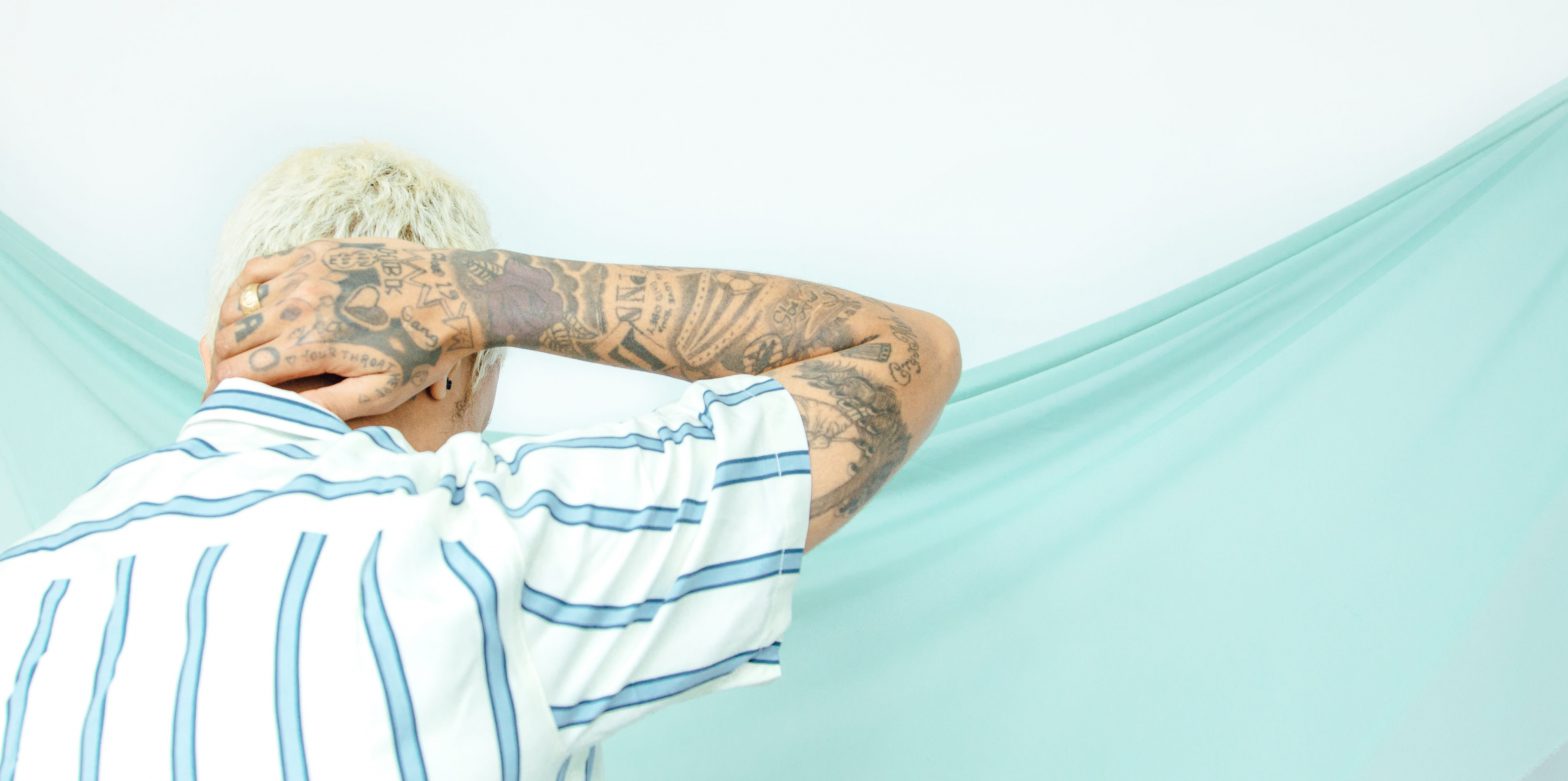One night after an excruciatingly long day at work, I decided I needed to blow off some steam and a friend suggested I come by her apartment for a tattoo. Up until that evening, the only tattoos I had were done by professionals in licensed shops and, to be quite honest, I did not know much about stick-and-poke tattoos, also known as hand-poked tattoos on a more professional level. On some level, I think I convinced myself that because the tattoo was being done in someone’s home, with a straight needle, some thread, and (probably) not professional-grade ink, the tattoo would not be permanent. But, six years later, a blurred-out kidney bean is still on my ankle, begging strangers to ask what that “blob” is.
The history of hand-poked tattoos
Inside an airstream in Marfa, Texas is what may be the only hand poke-only tattoo shop in the United States. There, Anna Wexler, one-half of Slowpoke Stick ‘n’ Poke, turned a collegiate hobby into her profession. Wexler’s introduction to a hand poked tattoo was much like mine, and so many others. “I have this one distinct memory of being out with my roommate, going to bed one night, and we woke up the next day and her hands were like covered in tiny little tattoos. And I was like, what happened?” After Wexler turned in for the night, her roommate at the Rhode Island School of
The technique behind stick and poke tattoos
I assumed, out loud, that the tattoos faded because they weren’t done with a machine. But Wexler corrected me. “The only reason that they are so light is
The technique of hand poking is not the reason it may fade but the tools used, location on the body, and how it heals all contribute to the life of a tattoo. In some instances, a hand poked tattoo will actually last longer than a machine tattoo. When Wexler first got into tattooing, a friend sent her a machine and she gave herself a finger tattoo. “I had given myself a tattoo with the machine and I couldn’t get it to stay. It kept falling out, no matter how many times I went over it, it kept falling out.” She knew it was because of the placement–finger tattoos fade faster than others because of how much we use our hands–and that, because she was tattooing herself, she couldn’t go deep enough with the needle. A friend offering to help, insisting it would be better to hand poke over the original design, and it never fell out again. That’s when Wexler decided she would stop using a machine to tattoo.
When hand poking doesn’t work
Not every part of the body is destined for a
The differences between machine tattoos and hand-poked ones
How a hand poked tattoo heals is very different from a machine tattoo because there’s less trauma to the body, and that affects how the tattoo looks in the long-term. With a machine tattoo, the artist is creating a gash in the skin, dragging the needle across, whereas a hand poked tattoo is single punctures, over and over. A hand poked tattoo will heal faster because, as is Wexler’s opinion, it doesn’t function as a wound in the same way a machine tattoo does. As a result, she often doesn’t push an after-care plan for her clients. While keeping a tattoo clean and moisturized is important, Wexler may be onto something. Over-moisturizing a tattoo, especially with an oil or comedogenic product, will suffocate the area causing the tattoo to scab and the ink to fall out. Wexler learned this lesson on herself
Ultimately, how long your hand poked tattoo lasts has little to do with the technique and everything to do with the tattoo itself. All tattoos will change and fade; that is an inevitable part of putting something foreign onto the human body. So don’t go into a hand poked tattoo

